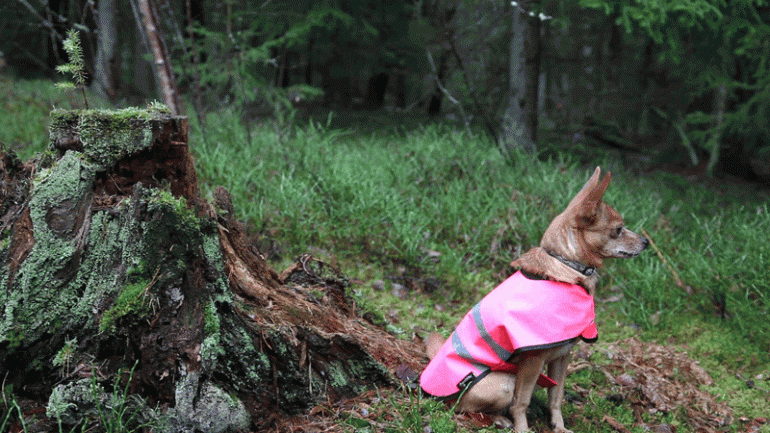
Mount you camera on a tripod and shoot video. The trick, to do a still image that is only partially moving, comes later in Photoshop. But it is important to plan the shoot in advance. Otherwise you risk winding up with worthless videos.
The cinemagraph should have no beginning and no end. In the simplest of examples it may be a forever flowing waterfall or a fountain. All you have to do then is to take your camera with a tripod and shoot a few seconds of video. Watch out for obvious details that are floating on the water or any other things that may disturb the loop. A leave that only floats halfway through the image will ruin your cinemagraph.
In some cases you may want to reverse a sequence to create a smooth loop. You can copy and ad a video sequence to a timeline, reversing the order. But that will not work with moving people or animals. People walking backwards or birds flying the wrong way would be the result. Water flowing upstream may also look peculiar.
Remember to think through what you want to make and then shoot. Planning is key to a good result.
After taking the videos, (shoot several just in case), it’s time to edit the video. Choose your favourite software. But it must of course have functions for editing video frame by frame and saving animated GIF files.
Here is how to do it in Photoshop.
1. Choose File Import Video frames to layers. In the following dialogue you can choose to import only a selected part of the video and/or one image for every two or more.
When imported you should have the Workspace for Motion selected, (Window Workspace Motion in the main menu).
2. Select all the images in the Timeline, below the image area. Now you can edit all the images like an ordinary image in Photoshop. Crop, increase sharpness or brilliance or whatever you usually doo.
Now you might already be satisfied if it’s for instance an image with flowing water, but if there is a movement with a beginning or end there will be a interruption in the loop. For this reason you may want to add the same frames in reverse order to the end of the video sequence, in order to create a smooth loop.

After grouping all the Layers in the Layer window you should select New layer in the Layer menu and paste the image you want for the non-moving parts..
3. Select all the images in the Timeline and choose Copy frames in the Timeline menu (below big image area). Then Paste frames. You’ll get the option to add them after the existing frames. Choose that. Then select the new frames and Reverse order in the Timeline menu.
You should now have a perfect loop with no beginning or end if you play the video.
4. Select all the Layers in the Layer window and choose New group from layers in the Layers window menu. Then select New layer. You should now have a new transparent layer on top in the Layers window. Now make sure all layers in the group are unselected and instead select an image in the timeline that you want for the non-moving part of your image. Select the rectangular marquee tool in the toolbar in Photoshop. Use it to select the entire image in you window and Edit Copy in the main menu or simply use cmd C in Mac (Ctrl C in PC).
5. Now make sure the large image in your window that you just copied is unselected. Instead select the empty layer in the Layer window and make sure that the eye for the new layer is the only one marked. All other layers, even everyone in the layer group must be unselected. Now select the empty new layer and paste the copied image with Edit Paste in the main menu.
6. Now it’s time to erase the moving parts from the image in the new layer using the Erase tool in the toolbar.
Check the result by selecting the eye in the layer group in the Layer window and playing the video. If you need to erase more, remember to uncheck the layer group again.
7. When you are pleased with the video you can save it with File Save for web.
Remember to reduce the size of the image or the file will be very large. Make it for instance 600 px wide. You should also select 256 colours. (Sorry, you can’t have more). The Looping options must also be set to forever.
Save the GIF and open it with a web browser to check the final result.
Sometimes you’ll find that the movements are too quick. If so you must return to Photoshop and select all the images in the timeline. Here you can assign a delay to the images (at the bottom of the images). Try and redo until you are pleased with the result.
Good luck in creating your images.



